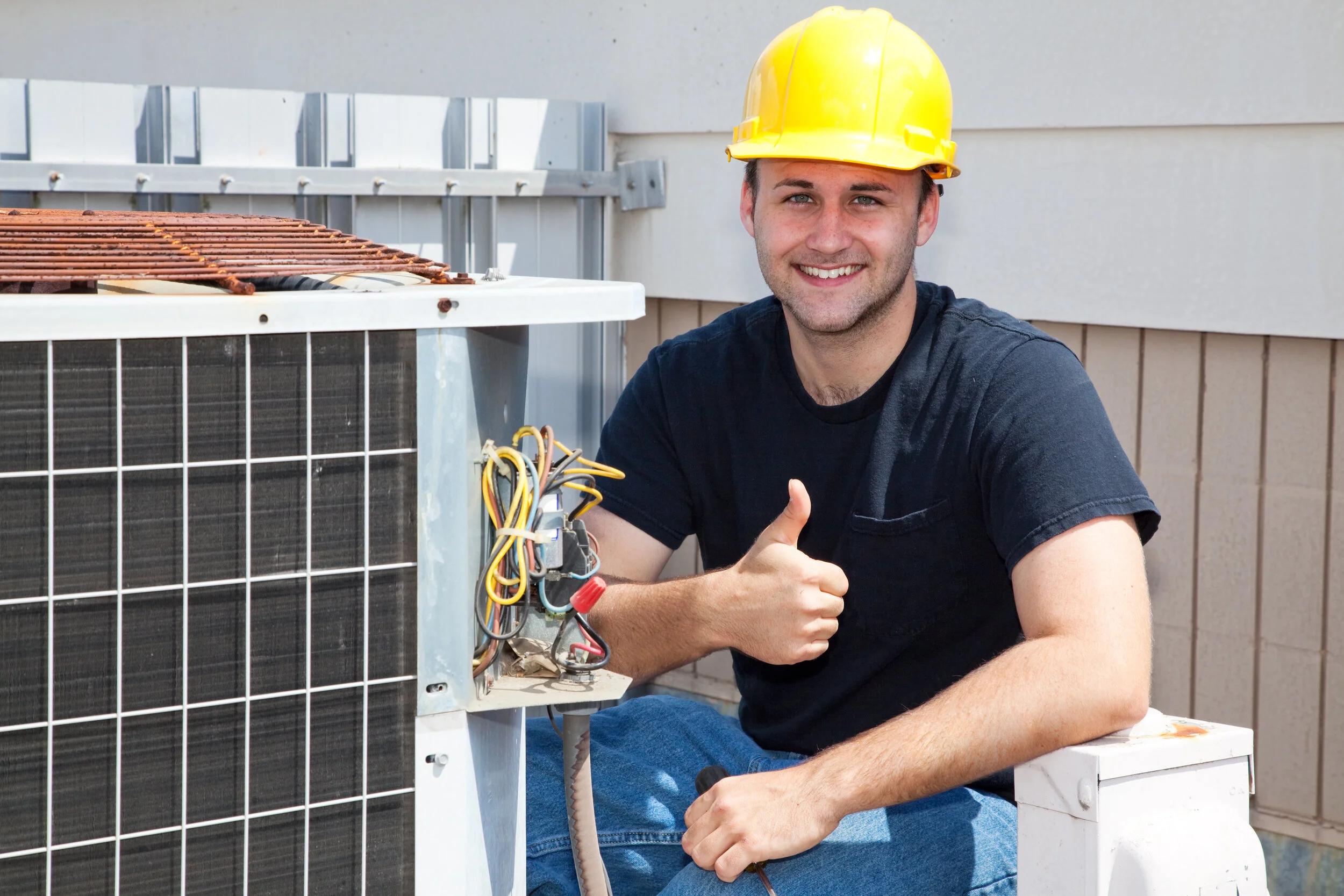A/c Installment for Historical Houses: Challenges and Solutions
Taking into consideration the intricacies of cooling down ancient abodes, a/c installation for historic homes postures peculiar situations.
Exactly how can you protect the honesty of period residential or commercial properties while ensuring first-class indoor convenience?
Untangle the enigmatic interaction in between modern-day air conditioning conveniences and ageless architectural treasures in the following conversation.
Trick Takeaways
- Maintain historical beauty with appropriate materials and skilled support.

- Upgrade electrical systems for modern-day a/c compatibility and security.
- Check out small air conditioning options like mini-split or high-velocity systems.
- Improve power performance with insulation, clever thermostats, and maintenance.
Historic Factors to consider
When thinking about the installment of a/c in a historic home, it is necessary to understand the one-of-a-kind historical facets of the property. Reconstruction obstacles typically emerge when attempting to blend modern-day comfort with protecting the historical integrity of the home. The building impact of mounting air conditioning need to be carefully examined to make sure that the system doesn't detract from the home's initial design.
Protecting the historical charm of a home while upgrading its services can be a fragile balance. Reconstruction obstacles may include finding ways to conceal ductwork, situating very discreet locations for the exterior unit, or adapting the system to fit within the existing architectural restrictions. It's vital to collaborate with specialists experienced in historic home restorations to navigate these challenges successfully.
The building impact of including a/c can be substantial. Mindful consideration must be given to how vents, thermostats, and various other elements will certainly mix with the home's visual. Seeing to it that the installation doesn't jeopardize the historical honesty of the building is extremely important when embarking on such a job in a historic home.
Examining Electric Solutions
To ensure an effective installation of air conditioning in a historical home, reviewing the compatibility and capacity of the existing electric systems is vital. Prior to proceeding with the installment, it's important to evaluate whether the electrical system can deal with the extra tons that the air conditioning unit will certainly present. In many cases, updating the voltage of the electric system might be necessary to make certain it can power the new cooling system successfully.
System compatibility is one more vital element to review when evaluating the electric configuration of a historic home. Older electrical systems may not be compatible with modern air conditioning systems, which might bring about breakdowns or even posture security dangers. Making sure that the electrical system works with the brand-new air conditioning equipment will assist protect against any possible concerns down the line.
Room Restraints and Ductwork Options
When handling minimal space in your historical home, you may wish to explore ductless mini-split systems or high-velocity heating and cooling systems as sensible options. These systems can supply effective air conditioning without the demand for substantial ductwork, making them appropriate for older properties with area restraints.
Ductless Mini-Split Systems
Considering room constraints and numerous ductwork options, ductless mini-split systems offer a functional solution for air conditioning installment in historical homes. These systems offer significant energy cost savings contrasted to conventional heating and cooling setups, as they allow for zoning, implying you can cool details areas just when needed.
The style adaptability of ductless mini-split systems is also useful for historical homes, where protecting the original visual appeals is necessary. Without ductwork called for, installation is less intrusive, making it a preferred option for older homes with minimal space or where preserving architectural stability is a top priority.
Ductless mini-split systems are efficient, customizable, and blend effortlessly right into historical interiors, supplying a functional and energy-efficient cooling service.
High-Velocity Cooling And Heating Equipments
High-Velocity HVAC systems give a portable and efficient cooling remedy for historic homes with limited area and certain ductwork demands. When thinking about these systems for your historic home, below are 4 bottom lines to remember:
- Mini duct systems: High-Velocity HVAC systems use mini air ducts that are a lot smaller in diameter compared to traditional ductwork, making them ideal for homes with room constraints.
- Compact style: The small design of these systems permits simpler setup in older homes where space is restricted.
- Effective air conditioning: Regardless of their small dimension, high-velocity systems can supplying effective air conditioning throughout your historical home.
- Versatile setup: These systems supply various ductwork alternatives, such as versatile tubes, which can be transmitted via existing walls without major restorations.
Power Performance Solutions
To enhance the energy efficiency of your historic home, take into consideration upgrading the insulation and incorporating a clever thermostat. These remedies can aid regulate interior temperatures successfully and decrease energy consumption, making sure a much more lasting and affordable cooling system for your special property.
Make these upgrades component of your cooling setup plan to make the most of convenience while lessening ecological effect.
Insulation Upgrades
Updating the insulation in your historic home can significantly improve its energy efficiency and general comfort while protecting its distinct personality and appeal. Think about these key approaches for insulation upgrades:
- Review Window Treatments: Installing energy-efficient home window therapies like insulated curtains or blinds can assist lessen heat transfer and boost the general performance of your home.
- Boost Roofing Insulation: Updating roof covering insulation is important for much better temperature level regulation within your historic home, helping to keep it cool down in the summer and cozy in the winter season.
- Seal Gaps and Cracks: Determining and securing spaces and fractures in your house's wall surfaces, floorings, and ceilings can protect against air leak and boost insulation effectiveness.
- Take Into Consideration Attic Insulation: Effectively insulating your attic can considerably decrease warmth loss and enhance the overall energy performance of your home.
Smart Thermostat Integration
Thinking about the energy-saving benefits of insulation upgrades in your historical home, integrating a smart thermostat can further improve your energy effectiveness solutions.
Smart thermostats offer precise control over your home's temperature setups, resulting in substantial power cost savings. By enhancing heating and cooling routines based upon your choices and daily regimens, you can minimize power waste and lower utility expenses.
Additionally, clever thermostats provide remote access, allowing you to change the temperature settings from anywhere utilizing your smart device or computer system. This feature enables you to ensure your home is successfully heated up or cooled down also when you're away, maximizing convenience while lessening energy intake.
Accepting smart thermostat technology is a practical step towards improving the power efficiency of your historical home.

Preservation Strategies for Air Vents
Preserving the honesty of historical air vents is crucial during the installment of cooling systems in older homes. When it concerns preserving the architectural authenticity of your historical property while updating its convenience, take into consideration the following preservation strategies for air vents:
- Reconstruction Techniques: Apply careful repair methods to protect the initial layout and material of the air vents, guaranteeing they blend flawlessly with the historical looks of your home.
- Speak with Specialists: Inquire from specialists experienced in historical conservation to guide you on the best techniques for maintaining the air vents' architectural stability.
- Custom Solutions: Check out personalized solutions that satisfy the special attributes of your historic air vents, allowing for modern upgrades without endangering their initial beauty.
- Period-Appropriate Products: Opt for period-appropriate materials when repairing or replacing air vents, guaranteeing they line up with the historic age of your home's style.
Specialist Tips for Effective Setup
When setting up air conditioning in historic homes, making certain successful setup needs adhering to expert pointers for a seamless integration with your home's special functions.
Start by very carefully examining guarantee coverage supplied by various cooling and heating business to protect your investment in situation of breakdowns. Get all required license needs from regional authorities before beginning any kind of installation job to stay clear of legal problems down the line. Emergency air conditioning installation
Budget preparation is crucial; make certain to represent any kind of unpredicted expenditures that might arise during the installment procedure. In addition, establish upkeep routines from the outset to keep your brand-new system running efficiently for several years to come.
Often Asked Inquiries
Can Cooling Be Installed in a Historic Home Without Compromising Its Historical Integrity?
Yes, you can mount a/c in a historic home without endangering its historical integrity. Conservation techniques can be used to seamlessly integrate modern-day air conditioning systems while keeping the home's initial appeal.
By purposefully placing ductwork and systems out of sight, you can guarantee that the historical attributes continue to be noticeable.
It's feasible to take pleasure in the comforts of air conditioning in a historical home without compromising its unique personality.
Are There Unique Considerations to Keep in Mind When Installing A/c in a Historic Home With Outdated Electric Systems?
When updating wiring in a historic home with out-of-date electric systems, unique factors to consider are crucial. Preservation techniques must be utilized to maintain the historic honesty of the residential property.
It's important to work with specialists that understand the fragile equilibrium in between modern-day benefits and maintaining the home's special personality.
Just How Can Ductwork Be Quietly Set Up in a Historic Home With Limited Area?
When handling limited space in a historic home, you'll require to contemplate very discreet layout and space-saving solutions for setting up ductwork. To preserve historical preservation while enjoying modern-day comfort, check out creative means to put ducts away without endangering the home's looks.
Look into slim duct alternatives or contemplate making use of existing cavities for air duct positioning. By mixing capability with nuance, you can ensure a smooth assimilation of air conditioning in your historic home.
What Are Some Energy-Efficient Alternatives for A/c in Historic Residences?
When seeking energy-efficient options for air conditioning in historical homes, consider utilizing energy-efficient zoning and small split systems. Energy-efficient zoning aids regulate temperature levels in various areas of your home, saving power.
Mini split systems are a great selection for older homes with limited room, using both cooling down and heating functions. By opting for these services, you can keep your historical home comfy without endangering on energy efficiency.
Exist Specific Preservation Strategies That Should Be Used for Historic Air Vents Throughout Setup?
When mounting cooling in historic homes, preservation techniques play a critical role. It is essential to make sure that the existing air vents are thoroughly incorporated right into the brand-new system to preserve the historic aesthetic of the home.
Final thought
When mounting cooling in historical homes, it is essential to ponder the distinct challenges such as protecting the home's historical stability, examining electric systems, and working within room constraints.
By very carefully planning and utilizing energy-efficient remedies, you can efficiently mount air conditioning without jeopardizing the personality of your historical home. https://pimlicohvac.co.uk/air-conditioning-repair.html
Bear in mind to speak with professionals for guidance and assurance correct preservation techniques for air vents to maintain the elegance and performance of your home.
